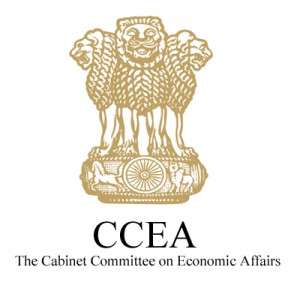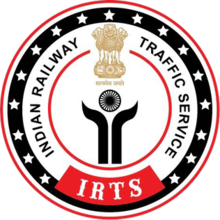The Cabinet Committee on Economic Affairs, chaired by Prime Minister Shri Narendra Modi, has approved four major railway projects under the Ministry of Railways, with a total investment of approximately ₹18,658 crore. These projects span 15 districts across three states—Maharashtra, Odisha, and Chhattisgarh—and will expand the Indian Railways network by around 1,247 kilometers.
The approved projects include the Sambalpur–Jarapda 3rd and 4th line, Jharsuguda–Sason 3rd and 4th line, Kharsia–Naya Raipur–Parmalakasa 5th and 6th line, and Gondia–Balharshah doubling. These multi-tracking and doubling initiatives aim to improve operational efficiency, ease congestion on some of the busiest railway sections, and enhance service reliability. The infrastructure development aligns with the Prime Minister’s vision of a self-reliant India (“Atmanirbhar Bharat”) by fostering regional development and generating employment and self-employment opportunities.
These projects are part of the PM-Gati Shakti National Master Plan, which emphasizes integrated and multi-modal planning. As a result, the rail expansion will provide seamless connectivity for the movement of people, goods, and services, particularly to underdeveloped and high-potential areas. The projects will also facilitate the construction of 19 new railway stations and improve connectivity for approximately 3,350 villages and a population of over 47.25 lakh. Notably, two Aspirational Districts—Gadchiroli in Maharashtra and Rajnandgaon in Chhattisgarh—will benefit from enhanced connectivity.
The Kharsia–Naya Raipur–Parmalakasa corridor is expected to open up direct access to regions like Baloda Bazar, enabling the establishment of new industrial units such as cement plants. These rail routes are vital for transporting key commodities like agricultural produce, fertilizers, coal, iron ore, steel, cement, and limestone. With an anticipated increase in freight capacity of 88.77 million tonnes per annum (MTPA), these projects will significantly boost logistics efficiency.
Additionally, the environmental benefits are substantial. The projects are expected to reduce fuel consumption by 95 crore liters and lower carbon dioxide emissions by 477 crore kilograms—equivalent to planting 19 crore trees. Overall, these rail expansions underscore India’s commitment to sustainable development, economic growth, and climate action while reducing logistics costs and enhancing national connectivity.




